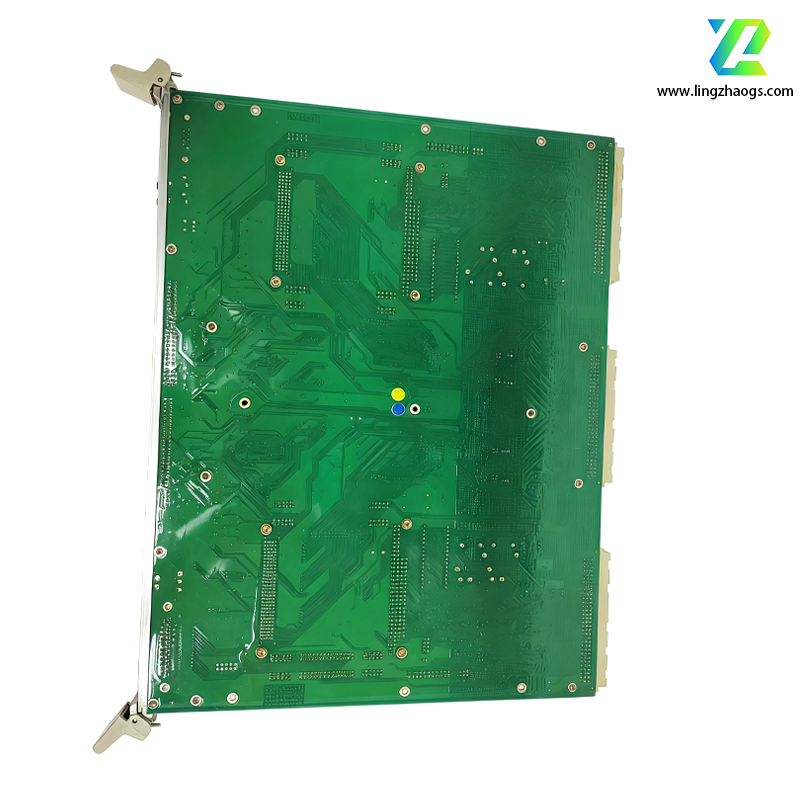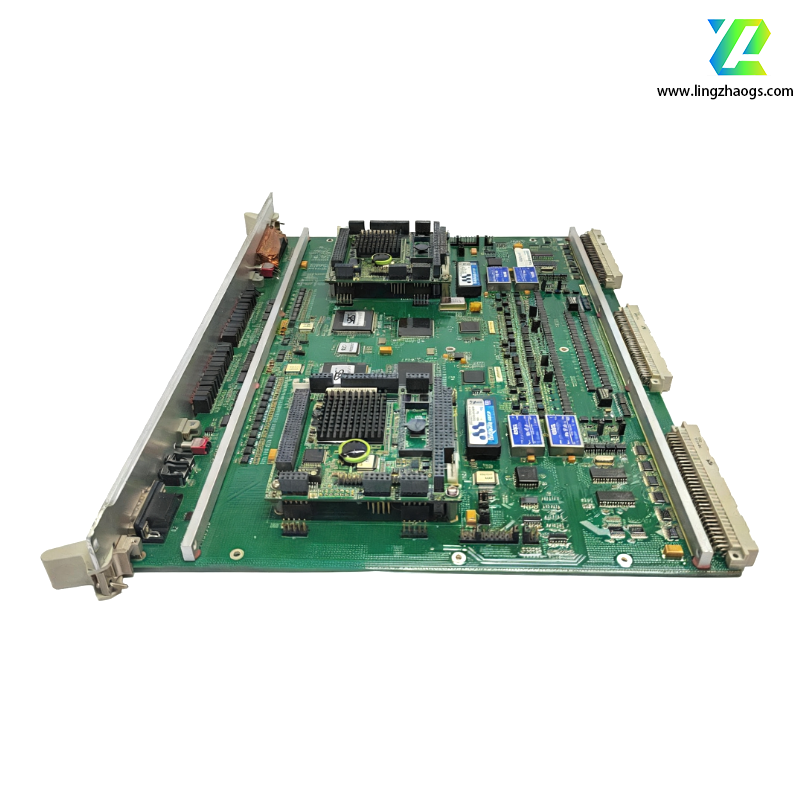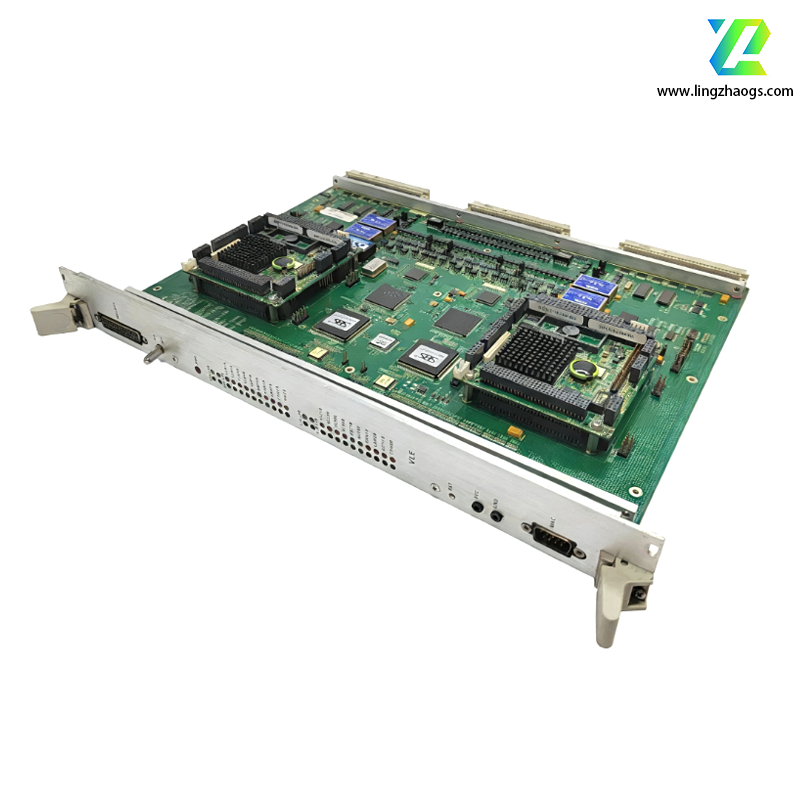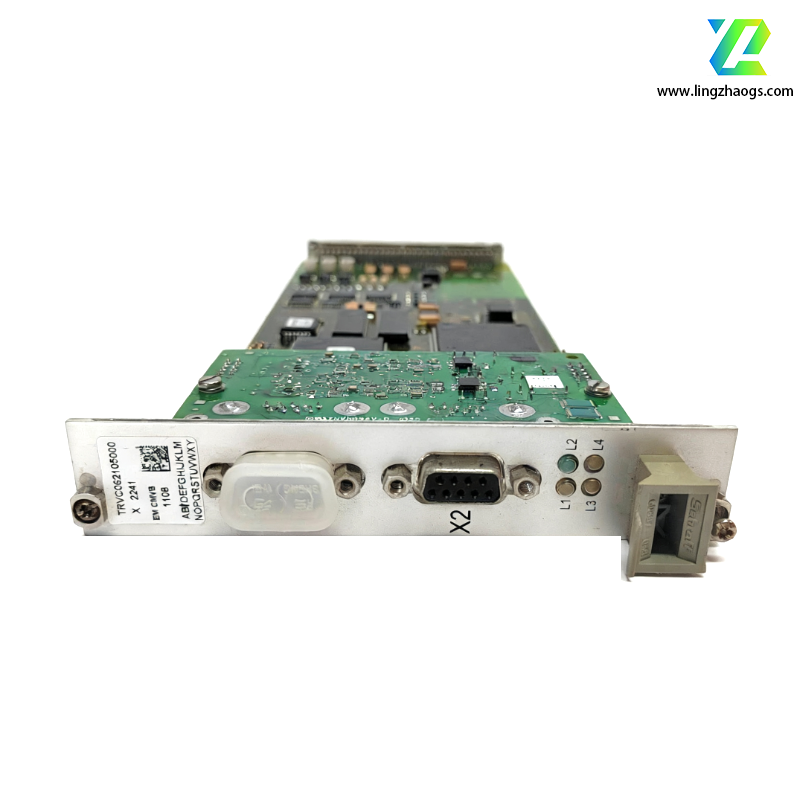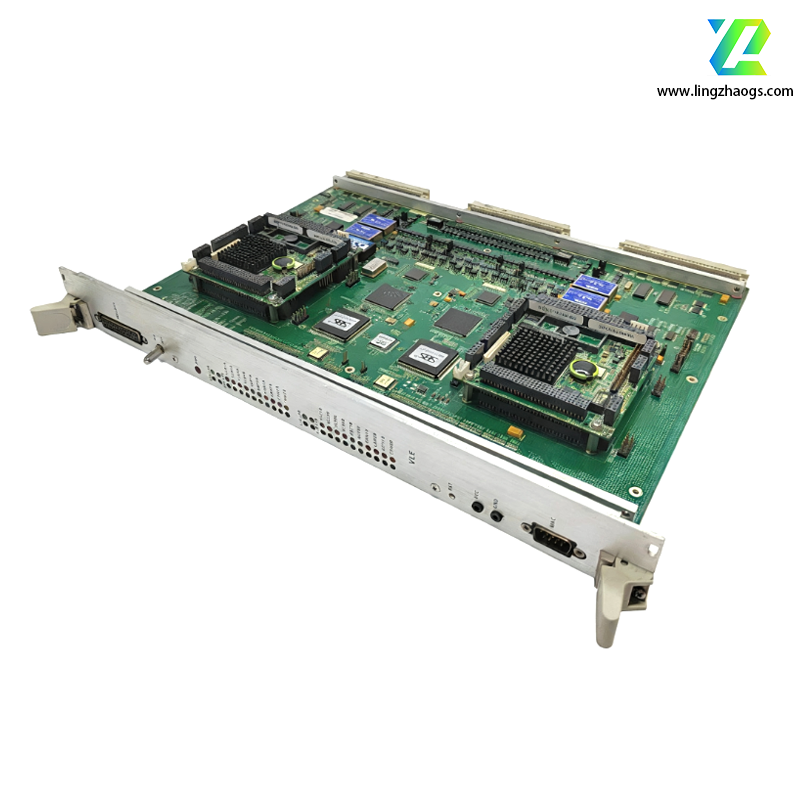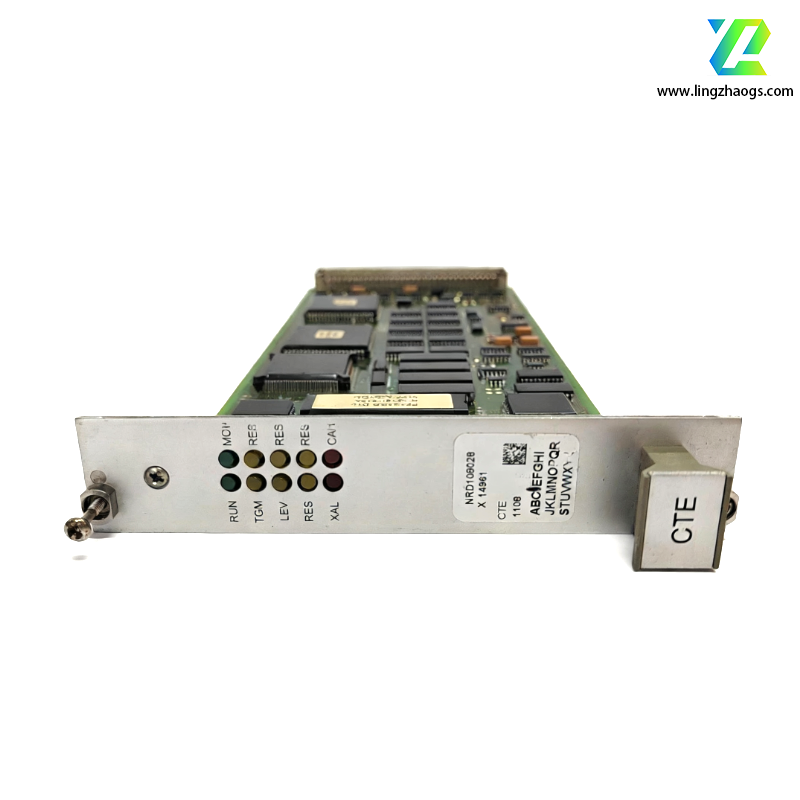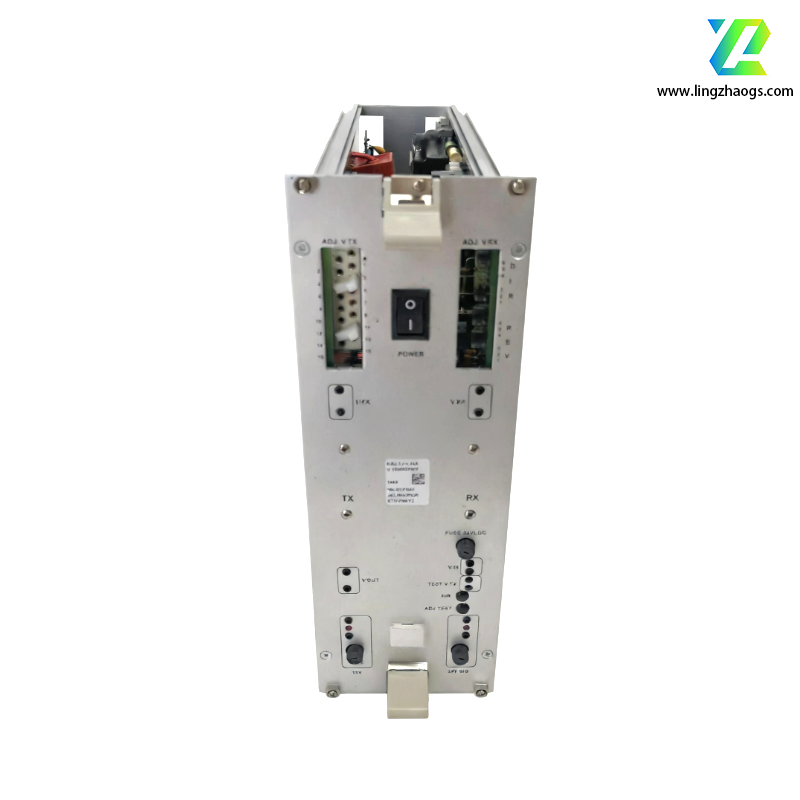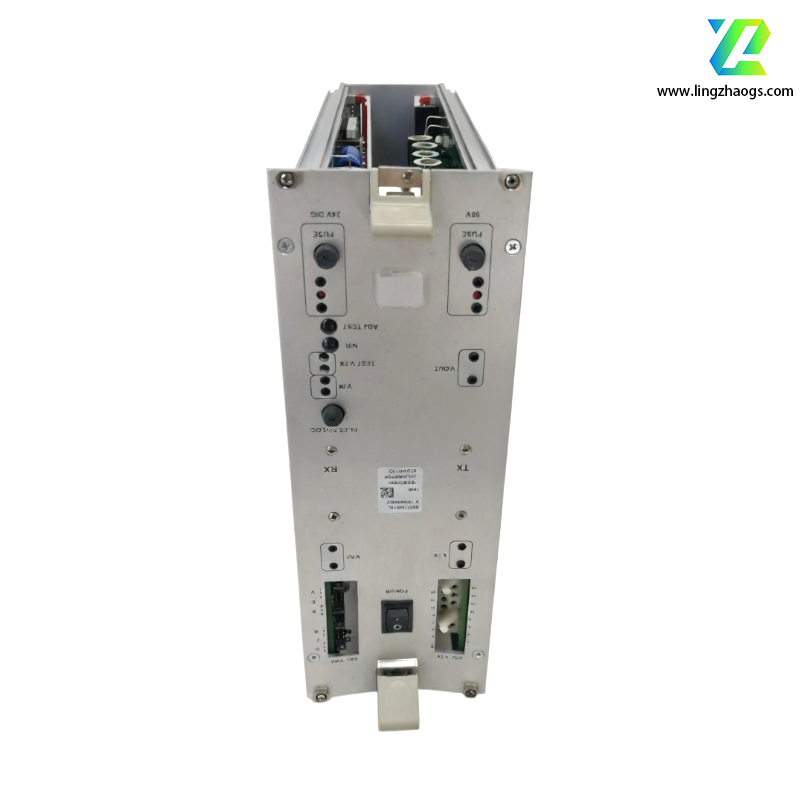ALSTOM SDK-C0147 is a specialized industrial-grade signal conditioning and communication interface module engineered for automation systems in power generation, railway, and heavy manufacturing sectors. As a key component in ALSTOM’s process control ecosystems (often integrated with its DCS (Distributed Control System) or PLC (Programmable Logic Controller) platforms like ALSPA Series), it focuses on precise analog-to-digital (A/D) signal conversion, multi-protocol communication, and robust environmental resilience. Designed to bridge field sensors/actuators with central control units, this module ensures accurate signal transmission and system interoperability even in harsh industrial environments (e.g., high electromagnetic interference, temperature fluctuations).
- High-Precision Signal Conditioning: Specializes in processing analog input signals (4–20 mA current / 0–10 V voltage) from field sensors (e.g., pressure, temperature, flow meters). It filters electrical noise, compensates for signal drift, and amplifies weak signals to ensure a measurement accuracy of ±0.1%—critical for maintaining process control precision in power plants or manufacturing lines.
- Dual-Mode Communication Integration: Equipped with RS-485 and Ethernet (EtherNet/IP) interfaces, it natively supports industry-standard protocols including Modbus RTU and IEC 61850. This enables seamless data exchange with ALSTOM’s central controllers (e.g., ALSPA P320) and third-party SCADA (Supervisory Control and Data Acquisition) systems, facilitating real-time monitoring and remote parameter configuration.
- Digital I/O Expansion: Features 8-channel digital input (DI) and 4-channel digital output (DO) ports (24V DC, 2A per channel) for integrating discrete field devices (e.g., limit switches, solenoid valves). The DI ports support signal debounce (configurable 1ms–100ms) to avoid false triggers from mechanical vibration, while DO ports provide overload protection.
- Intelligent Diagnostics & Fault Handling: Continuously monitors module health (e.g., power supply stability, communication link status) and sensor signal integrity. It outputs visual alarms via LED indicators (red for fault, green for normal) and transmits fault codes to the central controller via Modbus—enabling technicians to quickly identify issues (e.g., sensor disconnection, communication failure) and reduce troubleshooting time.
- Industrial-Grade Ruggedness: Constructed with a reinforced metal housing and anti-vibration mounting brackets, it complies with IEC 60068-2 standards for environmental resilience. It operates stably in temperatures ranging from -40°C to +70°C, withstands relative humidity of 5%–95% (non-condensing), and resists electromagnetic interference (EMI) per EN 61000-6-2—suitable for power plant turbine rooms, railway substations, and steel mill control cabinets.
- High Reliability & Longevity: Uses military-grade electronic components (e.g., high-temperature resistors, gold-plated connectors) to minimize wear from frequent signal processing. It has a Mean Time Between Failures (MTBF) of over 120,000 hours, ensuring long-term stability in mission-critical applications (e.g., power grid frequency control).
- Compact & Space-Saving Design: With dimensions of 130mm (W) × 80mm (H) × 45mm (D) and compatibility with standard DIN rail mounting (EN 50022, 35mm), it optimizes space in control cabinets—especially valuable in high-density setups like power plant DCS rooms.
- Plug-and-Play Commissioning: Supports parameter configuration via ALSTOM’s dedicated software (e.g., ALSTOM Control Suite) or built-in DIP switches (for basic settings like signal range). No specialized programming skills are required for initial setup, reducing on-site commissioning time by up to 35%.
- Power Generation Industry: Deployed in thermal power plants, hydropower stations, and wind farms to condition signals from turbine pressure sensors, generator temperature probes, and flow meters. It transmits accurate data to the DCS for real-time turbine speed regulation and load control.
- Railway Electrification: Integrated into railway traction substations to process signals from current transformers (CT) and voltage transformers (VT). It communicates with the substation SCADA system to monitor traction power quality and trigger protective actions (e.g., overcurrent tripping).
- Heavy Manufacturing: Used in steel mills, cement plants, and petrochemical refineries to connect process sensors (e.g., reactor temperature, pipeline flow) with PLCs. It ensures stable signal transmission in high-noise environments (e.g., near large motors or arc furnaces).
- Water & Wastewater Treatment: Applied in water treatment plants to condition signals from pH sensors, turbidity meters, and chemical dosing pumps. It enables the control system to adjust dosing levels accurately, ensuring compliance with water quality standards.
In a 600MW coal-fired power plant using ALSTOM’s ALSPA P320 DCS, the SDK-C0147 module is installed in the turbine control cabinet. Its 4 analog input channels are connected to:
- 2 pressure sensors (measuring steam inlet pressure of the high-pressure turbine),
- 1 temperature sensor (monitoring turbine bearing temperature),
- 1 flow meter (tracking feedwater flow to the boiler).
The module conditions these signals (filtering out noise from the turbine’s mechanical vibration) and transmits data to the ALSPA P320 controller via EtherNet/IP. When the turbine bearing temperature exceeds the set threshold (e.g., 90°C), the controller receives the conditioned signal and triggers a warning—prompting operators to adjust cooling water flow. Meanwhile, the module’s digital outputs activate a local alarm light and a ventilation fan (via DO channel 1) to reduce bearing temperature. If communication with the DCS is lost, the module’s built-in fault detection triggers a red LED alarm and stores the latest 100 signal logs for post-fault analysis—minimizing the risk of turbine damage.
- Enhanced Control Precision: ±0.1% analog signal accuracy ensures process parameters are regulated within tight tolerances (e.g., power plant steam pressure ±0.5 bar), reducing product quality fluctuations and energy waste.
- Reduced Operational Costs: High MTBF (120,000+ hours) and easy maintenance reduce unplanned downtime. The compact design lowers control cabinet space requirements, cutting infrastructure costs by up to 20%.
- Simplified System Integration: Compatibility with Modbus, EtherNet/IP, and IEC 61850 eliminates the need for custom interface hardware, enabling seamless connection to existing automation systems—saving integration time and engineering costs.
- Improved Fault Resilience: Real-time diagnostics and fault logging enable fast issue resolution, reducing troubleshooting time by 40% compared to non-diagnostic modules.
- Confirm Signal Requirements: Prior to procurement, calculate the number of analog/digital channels needed (e.g., number of field sensors/actuators) to ensure the module’s 4AI/8DI/4DO configuration meets demand. For larger systems, verify compatibility with ALSTOM’s signal conditioning expansion modules.
- Source from Authorized Channels: Purchase through ALSTOM-authorized distributors or certified industrial spare parts suppliers. Request product certification documents (CE, UL 508) and batch records to avoid counterfeit modules, which may deliver inaccurate signals or fail in harsh environments.
- Adhere to Installation Standards: Install by qualified technicians following ALSTOM’s official manual. Ensure proper grounding (to enhance EMI resistance) and use shielded cables for analog signal wiring (to reduce noise pickup). Avoid mounting near high-voltage equipment (e.g., 10kV cables) or heat sources (e.g., turbine exhaust pipes).
- Regular Maintenance: Conduct quarterly inspections:
- Check LED indicators for consistent status (no flickering or unresponsive channels).
- Calibrate analog signal accuracy using a precision signal generator (e.g., Fluke 725).
- Clean the module’s ventilation slots to prevent overheating (critical for power plant turbine rooms with high ambient temperatures).
- Update firmware via ALSTOM’s software to ensure compatibility with the latest DCS/PLC updates.
